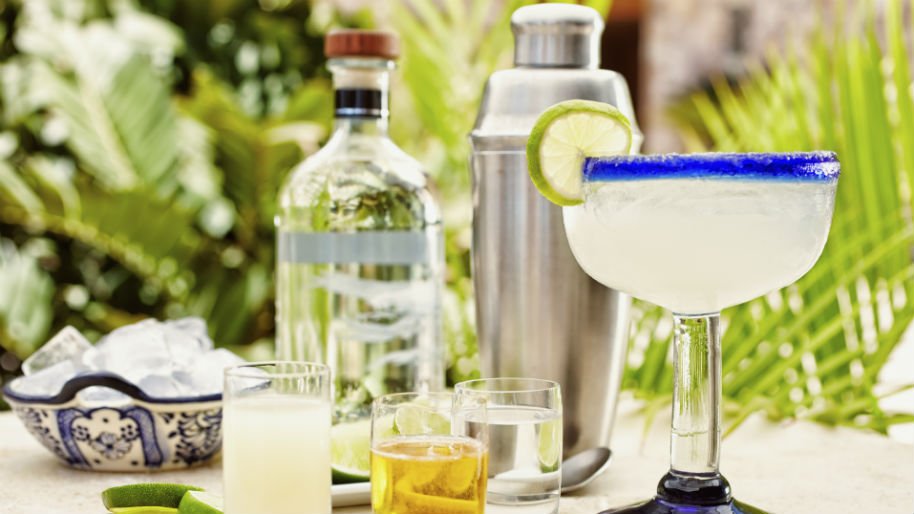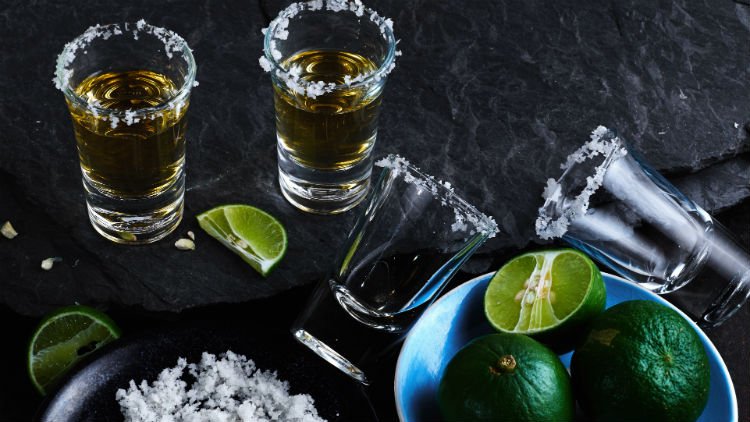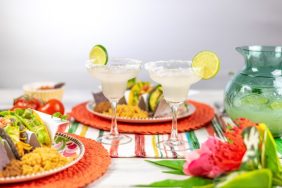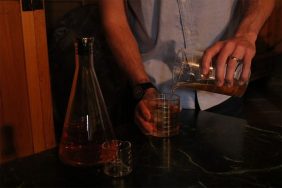Photo: Studio Omg/EyeEm [Getty Images]
Historically, tequila has gotten a bit of a bum rap in the world of alcohol. Like Fireball and Jägermeister, tequila has the unfortunate stigma of being known as a “party” drink. When many people think of tequila, images of shots (with lime and salt of course) and fraternity parties are right at the forefront. Some adults even steer clear of tequila because of unpleasant memories the spirit conjures up. Maybe you had a few too many shots at a Cinco de Mayo party back in your college days and now you just can’t bring yourself to try the spirit again as a professional, responsible, mortgage-paying adult.
Tequila fans would say that it’s time to give it another shot. And no, we aren’t saying to chug it right out of the bottle or use the spirit to do a “power hour”. We are saying give it and it’s nuanced, high-quality, expertly-crafted, flavor another shot. Sip it on the rocks or mix it into your favorite cocktails. Drink it responsibly and you’ll be happy you came back. Also, there’s no worm in real tequila so you don’t have to worry about that. Now, the only question is: what exactly is tequila?
“I like to say that when you’re experiencing tequila, you’re experiencing Mexico,” says Enrique de Colsa, Tequila Don Julio Master Distiller. “In order to call something tequila, it must come from Mexico, and not just anywhere in Mexico, there are only specific regions that the agave must come from and where it is distilled.
What is tequila?
Simply put, tequila is a distilled spirit made from the juice of the blue agave in and around the city of Tequila in Jalisco, Mexico. “After six to ten years of growing, the agave plant is ready to be harvested and used in the production of tequila,” says de Colsa. “According to Mexican law, all tequila must contain at least 51 percent blue agave and also requires the spirit to be produced, aged, bottled, and inspected in Mexico.”
What is its history?
The history of tequila goes back to the 1400’s in Mexico. “During the Spanish invasion, the Spaniards ran out of brandy, so they improvised with agave and mud to create what is now known as the earliest mezcal,” says Lauren Ryan, Vice President for Stoli Group USA’s Prestige Brands, which includes Cenote tequila. “It was during the government trade legislations that Manila and Mexico started working together and the marquis of Altamira built the first large scale distillery in Tequila.”
After Spanish soldiers conquered Mexico, they were searching for an alcoholic beverage to celebrate with. “They learned that Mexican natives drank a fermented juice derived from the agave plants and began experimenting and distilling the fermented juice to create the first agave spirit,” says Manny Hinojosa, Global Brand Ambassador of Tequila Cazadores.. The locals of Tequila, Mexico used the plants to distill what they referred to as “Vino Mezcal.”
They created a business by providing the beverage to the region of “Nueva Galicia.” “The locals of Tequila were known for creating the most delicious version of the drink, which is why people began referring to it as ‘Vino Mezcal de Tequila’ (and later just as Tequila) rather than just ‘Vino Mezcal,’” says Hinojosa. “Today, tequila is produced not only in the town of Tequila but in all of surrounding areas.”

How is it made?
To make tequila, a Jimador harvests blue agave and uses a circular blade on a long pole known as a coa to sheer off the sharp and spiny leaves. The agave is then cooked and the juice is squeezed out either using a machine or a giant stone wheel. The juice is then added to a large vat for a few days in order to ferment. It’s then distilled. The spirit that comes out is “silver” or “blanco” tequila. Some of that will be bottled while the rest will be added to barrels to age for various times depending on the style.
What are the rules and regulations for tequila?
The rules for making tequila, just like those of Champagne, Cognac, and Bourbon are very strict and specific. “The Tequila Regulatory Council / Consejo Rugalador de Tequila supervises the production process of the Tequila industry, and protects the name of Tequila worldwide,” says Hinojosa. “Tequila can only be produced in 5 states of Mexico (Jalisco, Guanajuato, Michoacán, Nayarit, and Tamaulipas) and can only be made from blue agave tequilana Weber.
The largest region is the state of Jalisco where the town of Tequila resides. “The law also requires tequila to be produced, bottled and inspected in Mexico,” says Ryan.
What are the different kinds of tequila?
According to Hinojosa, there are five different kinds of tequila.
Blanco
“Tequila in its purest form, not aged,” says Hinojosa.
Reposado (“rested”)
“Tequila aged up to one year creating a perfect balance of woody and agave flavors,” says Hinojosa.
Añejo (“aged”)
“Tequila aged at least one year resulting in a golden liquid with notes of agave, cinnamon, vanilla, nuts and pepper,” says Hinojosa.
Extra Añejo (“extra aged”)
“Tequila aged at least three years creating a deep golden liquid with notes of vanilla, cinnamon, roasted apples and nutmeg,” says Hinojosa
Cristalino
“An aged tequila that’s been filtered to remove the color, resulting in a tequila that has the complex, smooth sweetness of añejo with the crisp, fruity flavor of blanco,” says Hinojosa.
Why is tequila only made from Blue Agave?
The tequila law only permits the use of Blue Agave, but in different proportions from 51% to 100%. “The process used to make tequila starts with the blue agave plant,” says de Colsa. “The sharp leaves of the plant are cut away, leaving only the heart of the plant, called the piña, behind.” These piñas, which can weigh up to a hundred and fifty pounds, are cooked and pressed, and the resulting juice is fermented and distilled into tequila.
What are some well-known tequila cocktails?
In America the most popular tequila cocktail is the Margarita, but in Mexico the traditional way to drink tequila would be in a Paloma. “The Paloma is traditionally made with tequila, lime juice and grapefruit Soda,” says Ryan. “Squirt Soda was the first produced grapefruit soda in 1938 in Arizona, TX.; it was then imported to Mexico in 1955.” The cocktail did not typically use fresh grapefruit juice, which brings us to assume it was not on trend until post 1950’s. “It is facing a resurgence in craft bars with the addition of agave, prosecco and fresh grapefruit juice.”
Other popular tequila-based cocktails include: Tequila Sunrise, Tequini, Bloody Maria, Tequila Daisy, and Mexican Firing Squad.







